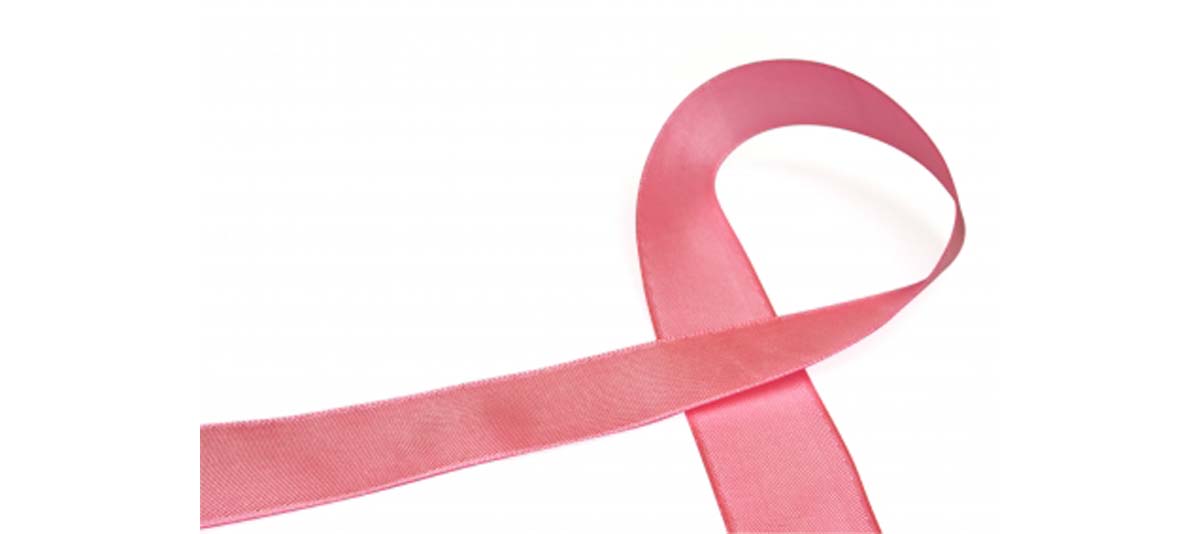In the United States, about 56 percent of women choose to have breast reconstruction after mastectomy for breast cancer. Of course, that means that about 44 percent do not. Of the 44 percent of women who choose not to have breast reconstruction surgery, a growing number choose not to wear any kind of prosthetic breast enhancement. They are part of a growing trend toward "going flat" or "living flat."

Why would women who have lost one or both breasts to cancer choose to go flat? Part of the reason is that women often don't want to have the surgery:
- Many women simply need to get back to their personal and professional responsibilities as soon as possible. It can take days to recover from mastectomy, but weeks to recover from breast reconstruction surgery.
- Many women have health issues that preclude additional surgery. Some of the drugs used in cancer chemotherapy weaken the heart. Other women may have breathing problems or allergic reactions to the dyes or adhesives used in surgery. Some women have blood clotting disorders that preclude surgery.
- Breast reconstruction surgery is expensive. A procedure may cost as little as $10,000 if performed at the same time as the mastectomy, to as much as $50,000 if it is done after scar tissue has formed. The Women's Health and Cancer Rights Act of 1998 requires American insurance companies to pay for the procedure, but there can be deductibles of up to $10,000.
- Breast reconstruction surgery is painful. In the latissimus dorsi flap procedure, the surgeon harvests muscle, skin, blood vessels and fat from the back to form the new breast. In the TRAM flap procedure (TRAM stands for transverse rectus abdominis), the surgeon removes part of the "six pack" from the abdomen, along with fat and skin, to make the new breast. Both procedures are unpleasant and debilitating in their own way.
- Breast reconstruction surgery reduces muscle strength. Women may be unable to return to sports or their professions if they lose muscle strength due to flap surgery. (There are procedures that don't require harvest of muscle, but not every woman benefits from them.)
- Tissue sometimes has to be removed even after mastectomy. About one in four women who has breast reconstruction surgery has to have the reconstructed breast operated on because the initial mastectomy failed to remove the entire cancer.
Recovery from reconstruction surgery is easier if women wait six to twelve months before they have it. They typically will have completed chemo and radiation, and their doctors may have been able to implant a device that slowly creates a pocket under the skin where the implant will go. However, during those six to twelve months, women may decide they can live without reconstruction.
READ The Facts About Angelina Jolie's Double Mastectomy
There are strong reasons for women to avoid breast reconstruction surgery, but why would women not want to wear a prosthesis? Some women just don't want to bother with the belts, magnets, and/or adhesives needed to hold the prosthesis in place. Others object to the idea of wearing "falsies." They take pride in their bodies as they are. Still others simply don't want to be reminded they had cancer. However, there are still cosmetic options that bring out beauty without breasts.
Cosmetic Decisions In Mastectomy Recovery
Up to one-third of women who undergo breast reconstruction surgery experience complications during the six to eighteen months required to complete the procedure. No fewer than 28 studies have confirmed that women who don't have confirmed that women who go without breast reconstruction do no worse, and often do better, in terms of quality of life, self-image, and sexual outcomes. However, even women who choose to forego both reconstruction and prosthetics have decisions to make.

- Women who don't want to have breast reconstruction may still face dealing with "dog ears" after mastectomy. These are smaller or larger deposits of fat left at the margins of the breast that has been removed. Women who reject breast reconstruction can still have "incision revision," a much less drastic procedure that doesn't require removing muscles or blood vessels, a few weeks after they have their cancer surgery.
- Another common issue for women who choose to go flat is keeping the surgical scar flat across the chest. A flat scar is less prominent than a curved or bulging scar. This is an issue that may be dealt with at the time of the mastectomy itself, or some women have strategically placed tattoos that draw attention away from the scar if it cannot be revised as desired.
- Sexual satisfaction after mastectomy can require some creativity. Even a reconstructed breast will be numb, and won't have nipples, but even women who have no breasts can find ways to enjoy intimacy. Some women say that wearing a breast form in a sports bra helps them recover the sensation of having breasts. Women who enjoyed wearing sexy lingerie before mastectomy generally enjoy wearing it afterwards, even without breasts. Losing nipples may cause other erogenous zones, such as the neck or scalp, to become more sensitive. Partners of women who have mastectomies may be hesitant to touch places women want touched. Usually the best way to deal with this issue is to tell your partner what you would like.
READ Rebuilding Breasts With Fat After Mastectomy
What about breast implants? Some doctors assume all women who have mastectomies will want implants, so they leave ugly, open flaps of skin for a future implant without even asking. While it's hard to predict which women will want reconstruction (Dr. Marissa Weiss, founder of breastcancer.org, reports that she has operated on nuns who wanted breast reconstruction surgery and go-go dancers who didn't), no doctor should assume what the patient wants. The flaps for future breast implants can become itchy, irritated, or infected, and some women simply ask to have them removed. It's best to have this issue resolved before cancer surgery.
Nothing in this article is intended to be anti-reconstruction surgery. But women who have breast cancer surgery need to know that going flat is an option, and there are many interest groups and Testimonials "out there" to support their choice.
- Lee C, Sunu C, Pignone M. Patient-reported outcomes of breast reconstruction after mastectomy: a systematic review. J Am Coll Surg. 2009 Jul
- 209(1):123-33. doi: 10.1016/j.jamcollsurg.2009.02.061. Review. No abstract available. PMID: 19651073.
- Pataky RE, Baliski CR. Reoperation costs in attempted breast-conserving surgery: a decision analysis. Curr Oncol. 2016 Oct.23(5):314-321. PMID: 27803595.
- Photo courtesy of Arturo de Albornoz:https://www.flickr.com/photos/liveu4/2011237087/
- Photo courtesy of williami5: www.flickr.com/photos/williami5/7371700988/
- Photo courtesy of


Your thoughts on this